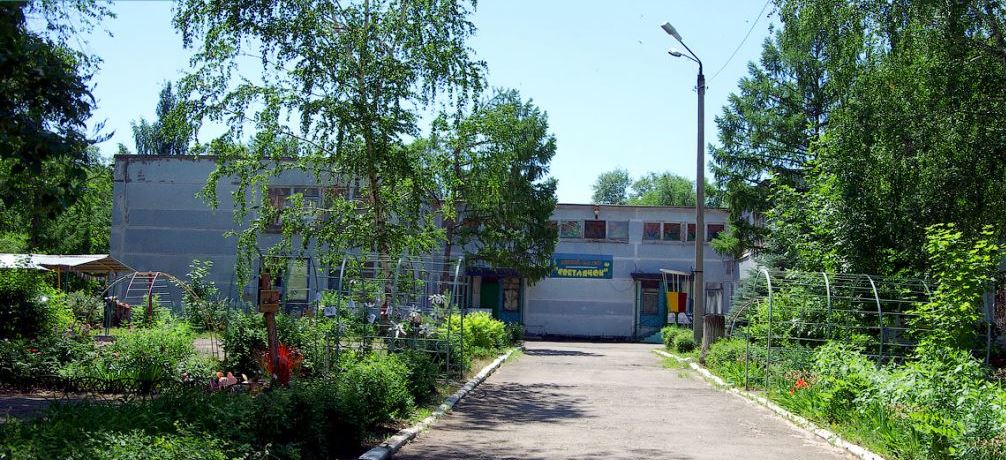All-natural Prostate Care
 Most males have prostate changes that are not cancer. But between an infection as well as prostate cancer is a nonmalignant but annoying disorder known as BPH. Here’s how BPH can disrupt a male’s life and exactly how simple lifestyle changes can keep it flowing easily.
Most males have prostate changes that are not cancer. But between an infection as well as prostate cancer is a nonmalignant but annoying disorder known as BPH. Here’s how BPH can disrupt a male’s life and exactly how simple lifestyle changes can keep it flowing easily.
The chief job of the prostate is to produce fluid for semen. Nonetheless, it can be really bothersome — to say probably the least. It is prone to infections (prostatitis), enlargement (benign prostatic hyperplasia) along with full-blown cancer. It is located below the bladder and surrounds the urethra, the tube that carries urine out of the bladder. Normally the best prostate supplements consumers report is all about the size as well as design of a walnut.
As part of the usual aging process, it enlarges. By age 40, it is able to grow a little larger, to the dimensions of an apricot. By age sixty, it can be the dimensions of a lemon. This development is able to result in the prostate to press against the urethra, slowing down or even obstructing the flow of urine out of the bladder. The blocking of the urethra and the easy loss of bladder function are responsible for the majority of the difficulties associated with benign prostatic hyperplasia, or BPH. Benign prostatic hyperplasia is pronounced «be NINE prah-STAT-ik HY-per-PLAY-zha». Benign means «not cancer», and hyperplasia means «excessive growth.»
Symptoms of BPH
Although BPH is not associated with cancer and does not raise the danger of prostate cancer, the symptoms for BPH and prostate cancer is usually identical. BPH symptoms rarely join before age 50, but almost fifty percent of males in the sixties of theirs and also about ninety % of men in their seventies show several signs of BPH.
They can include:
o The importance for getting up a few times during the night to pass urine
o Passing urine more often than usual during the day
